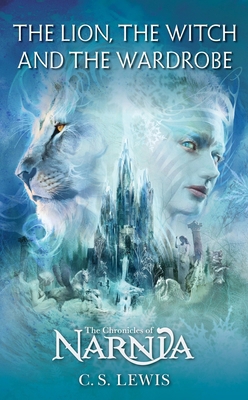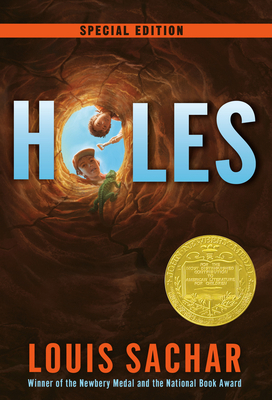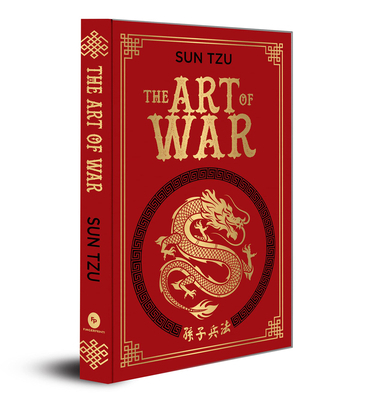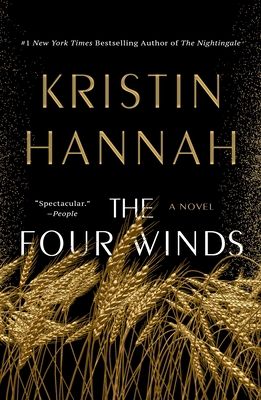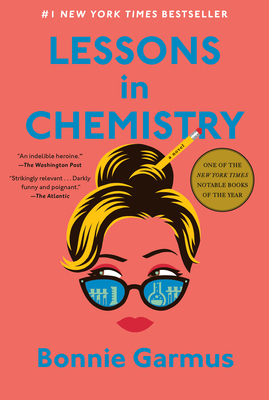The Devil's Advocates: Decadence in Modern Literature
It is a feat to demystify decadence genially while dealing with unsavory material usually presented complicitously. But Whissen achieves even more. He is not looking at counterculture literature but at mainstream literature in which the reader either senses something decadent in the writer's attitude or identifies some rhetorical device associated with the decadence. . . . He focuses chiefly on authors who have been studied from other perspectives (e.g., Gide, Mann, James, Dinesen) or who have hardly been studied at all (e.g., Maugham, Firbank, Capote, Suesskind, Stephen King). Choice
As a distinct literary movement, decadence made its brief appearance in the last two decades of the nineteenth century. As a theme and a philosophical posture, however, it continues to maintain a hold on the Western literary imagination. The first writer to examine the pervasive influence of decadence on modern literature, Whissen approaches the decadent vision as an attempt to come to terms with a world in decline, rather than as a transient literary fad. He explores the ways in which decadence functions not only in modern literature but in modern life, arguing that if we fail to notice the elements of decadence in literature, it is because they are now such an accepted part of our reality that we do not recognize them as decadent. Whissen discusses two major strains of decadence that originated in Oscar Wilde's day and have continued to influence modern literature. One is the decadent work, a narrative infused with a conscious, committed self-indulgence that serves both as solace and as a form of rebellion against the perceived ugliness and hypocrisy of the modern world. The other strain includes works that have decadence as their theme, such as Wilde's The Picture of Dorian Gray. In an analysis of the prototypic French decadent novel, Huysmans' Against Nature, the author identifies the primary elements that make up the decadent temper: narcissism, masochism, irony, alienation, sophistication, vanity, sensitivity, nihilism, and a taste for uncommon or intense experience. He traces the development of these elements in works by Wilde, Henry James, Andre Gide, Thomas Mann, and Isak Dinesen, as well as two contemporary writers--Patrick Suskind and Paul Rudnick. A significant contribution to literary scholarship and criticism, this book will be of interest for courses or studies in modern and contemporary Western literature, humanities, social history, and social psychology.Customer Reviews
Rated 5 starsStudy Guide is VERY helpful!!!!
I have found the Study Guide to be very helpful........ one of the best I have ever used. I highly recommend it.
0Report
Rated 5 starsMust have!
If you have the Textbook you need to have this Study Guide too! It has lots of exercises and really helps. I recommend it!
0Report
Rated 5 starsGood book, even though it's required
This book was required for my last semester of nursing school (OB/Peds), but I still think it's a good book. It does a good job of combining OB & Peds instead of having two separate (and often confusing) references as we've had in other subjects. ~~~It's now near the end of the semester and I wanted to amend my review of this book. I tried to change my rating to 4 stars and couldn't. I personally feel that the book contains...
0Report
Rated 5 starsGreat study guide
This study guide makes up for everything that the text book lacks. I got the study guide in time for the 2nd exam and oh boy has it helped. I have recommended to all my fellow class mates to get this book.
0Report
Rated 5 starsEasy to understand, terrific illustrations/pictures
This is a reference book I come back to again and again. The text is written in a no-nonsense straight forward manner. The technical terms are all defined in an easy to use glossary at the beginning of each chapter. This book describes every treatment step in detail in easy to understand language. Its the first book I turn to when dealing with matern-child treatment.
0Report














